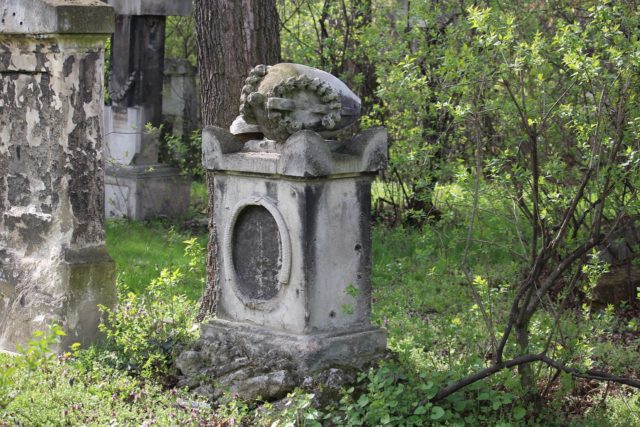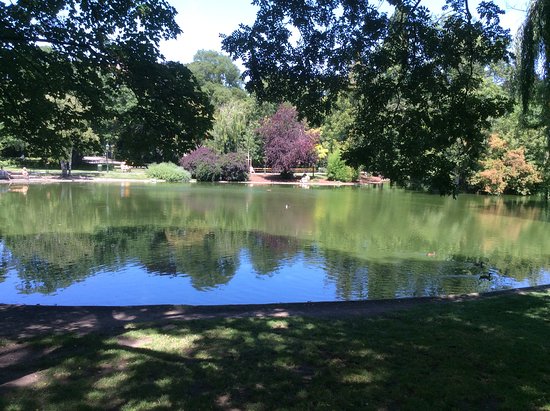Explore Landstrasse
Explore Landstrasse. Although not as touristy as the 1st district, Vienna’s 3rd district has a lot of landmark sites of interest that deserve a mention. Starting from the museums, the KunstHaus Wien (Vienna House of the Arts) & the Heeresgeschichtliches Museum (Museum of Military History) are the two major ones.
The KunstHausWien (http://www.kunsthauswien.com/) was designed by Friedensreich Hundertwasser (1928–2000) one of the best-known Austrian architects of the 20th century, in his typical style that includes wavy, undulating floors and a notable lack of straight lines, with bright colors and enameled mosaics on the facade.
The architect’s style is very similar to Antonio Gaudi’s style except that the patterns in Hundertwasser’s mosaics are symmetrical & carefully arranged. The museum’s permanent exhibition presents a unique cross-section of the work of Friedensreich Hundertwasser, including key paintings as well as graphic works, applied art, architectural designs, and examples of the artist’s ecological commitment. Temporary international exhibitions are held on the 3rd and 4th floors.
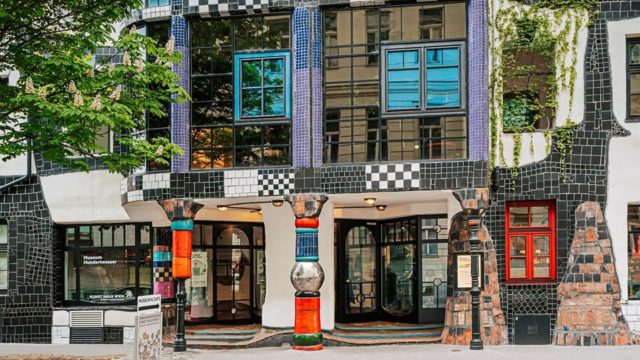

The Museum of Military History is housed in an amazing building commissioned by Emperor Franz Joseph I in 1850 in a style that ranges from Byzantine & Hispano-Moorish to neo-Gothic architecture. Although the building is an attraction in itself it is its collection that qualifies it as one of the most important of its kind in the world.
Weapons, military costumes, and armory that spans from the Thirty Years War to WW1 & WW2. One of the most notable parts of the museum’s collection is located in the First World War hall and relates to the assassination of Archduke Francis Ferdinand. On display is the car in which the Archduke and his wife were riding when they were assassinated, the uniform he was wearing, the pistol used by Gavrilo Princip to shoot him, and the chaise longue on which he was declared dead.
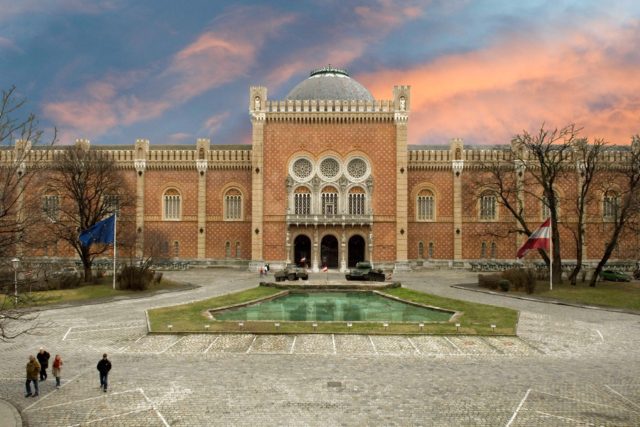
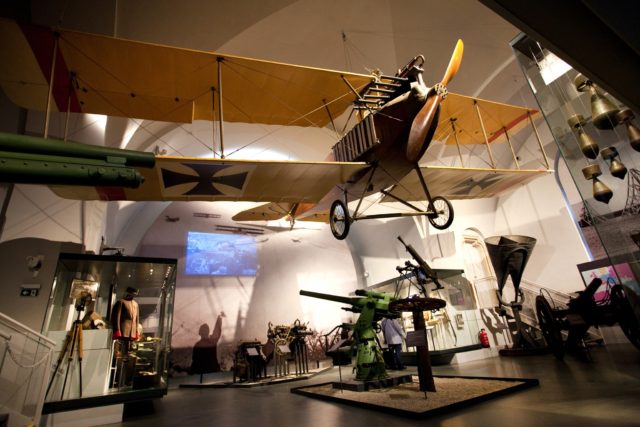
A few hundred meters from the KunstHausWien lies another architectural masterpiece created by Friedensreich Hundertwasser and one of Austria’s architectural highlights, the Hundertwasser House. Since its construction, the house has been reviewed by the international press and visited by millions of people. The house consists of a brick construction. The flats have various ground plans. There are one-story and two-story flats.
Many apartments have protruding balconies or pergolas and loggias. 900 tons of soil were used for the afforestation of 14 large and as many small green spaces and tree-tenant tubs. A number of the terraces are publicly accessible, others are designated to the flats, and some are reserved for spontaneous vegetation. The grass and forest areas of the house amount to more than 100 percent of the ground plan.
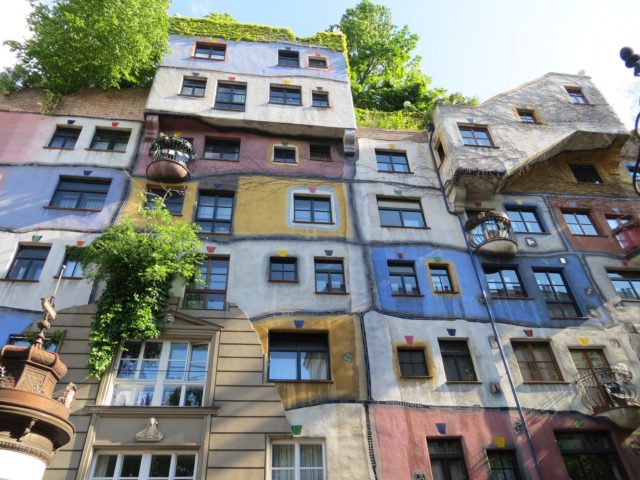
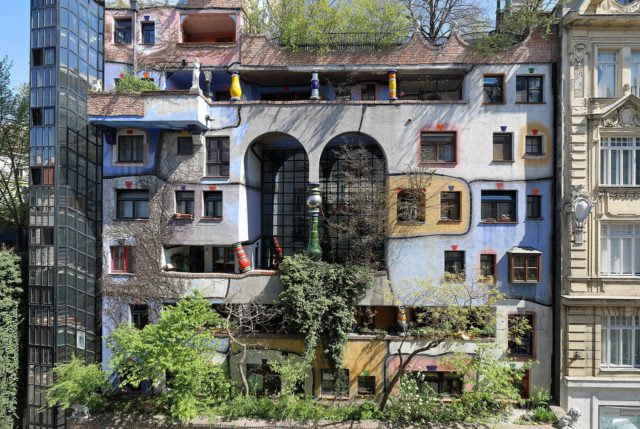
What was taken away from nature by the construction of the building was restored on the roofs. With this house, Hundertwasser proved that a more humane architecture in harmony with nature is possible within the regular construction time, the financial budget of a public project, and the current building laws without any special permits.
Other places of interest in the 3rd district, include Schwarzenbergplatz Square, faced by many palaces among them the Austrian House of Industry, the French Embassy & of course the Schwarzenberg Palais.
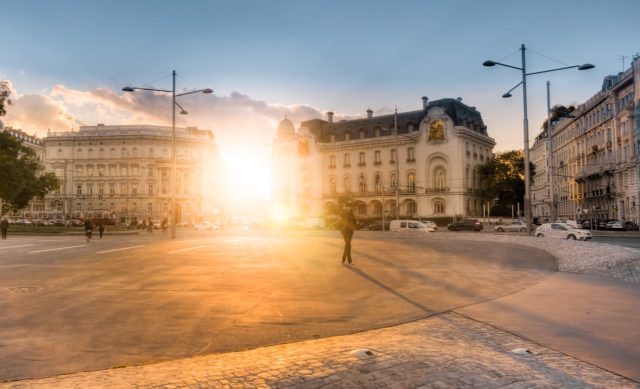
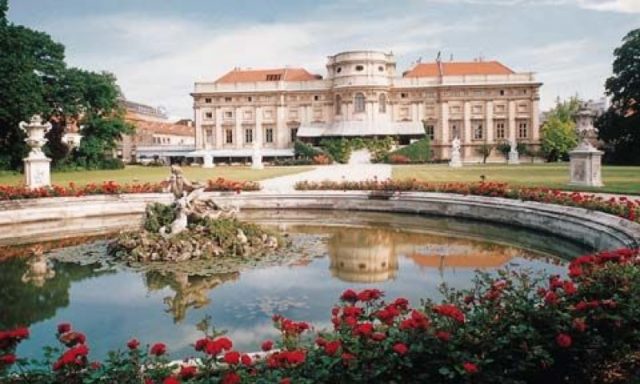
There is also the 65.000 m² St Marx cemetery that was in use from 1784 until 1874, with Mozart being its most famous occupant, preserved as a memorial of the Biedermeier age. dedicated to Viennese musicians, writers & composers. There’s Stadtpark, the serene oasis of the Botanical Gardens of the University of Vienna created by Empress Maria Theresa in 1754, the Akademietheater & the Viennese Concert House.
Besides all that this district is ideal even for the most refined foodies as the concentration of many different embassies in this district has created quite an international restaurant scene. The most famous of them Steiereck Restaurant is however a restaurant that specializes in contemporary Austrian cuisine.
